Understanding the Difference Between Maize and Corn
Is maize and corn the same thing? - A Comprehensive Comparison
Is maize and corn the same thing? This question often arises due to the interchangeable use of the terms. While maize and corn are related, they can have slightly different meanings depending on the context. In this comprehensive comparison, we will explore the characteristics, climate and soil requirements, living area, and chemical composition of both to shed light on their similarities and differences. By delving into these aspects, we can gain a deeper understanding of whether these products truly refer to the same thing or if there are subtle distinctions to consider.
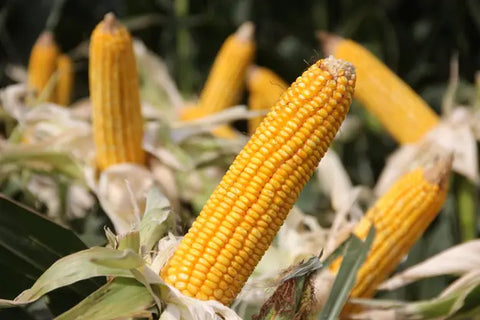
Is maize and corn the same thing? - A Comprehensive Comparison
1. Is maize and corn the same thing?
1. Is maize and corn the same thing?
To provide a comprehensive comparison, let's explore various aspects of maize and corn, including their characteristics, climate and soil requirements, living area, and chemical composition.
1.1 Characteristics
Maize, scientifically known as Zea mays, is a cereal crop that belongs to the grass family Poaceae. It is a tall, annual plant that typically reaches heights between 6 and 12 feet (1.8 to 3.7 meters). These plants have sturdy stalks with large, broad leaves. The plant produces both male and female flowers, with the female flowers forming the characteristic cobs or ears, where the grains develop.

Corn, on the other hand, is the specific term used to refer to the edible grains harvested from maize plants. These kernels are the seeds of the plant and are typically yellow, white, or a combination of both colors. This product is widely consumed as a staple food in many parts of the world and is used in various forms, including fresh, canned, frozen, and processed into flour or cornmeal.
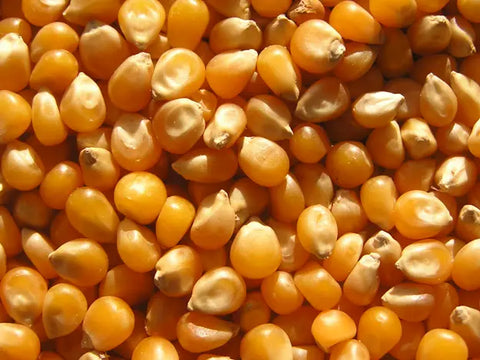
1.2 Climate and Soil Requirements
These products are a warm-season crop that requires a frost-free growing season to thrive. It is ideally suited for regions with long, hot summers and moderate rainfall. The optimum temperature range for growth is between 25°C and 35°C. It requires full sun exposure to maximize its photosynthetic capacity.
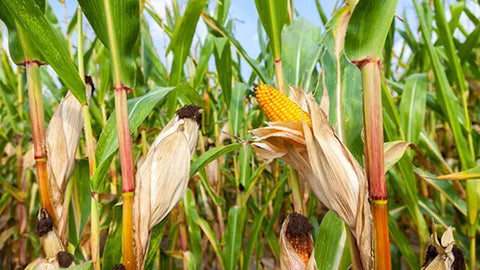
Regarding soil requirements, both of them can adapt to a wide range of soil types, but it performs best in well-drained soils with a pH level between 5.8 and 7.0. It prefers fertile soils rich in organic matter, which provide essential nutrients for vigorous growth.
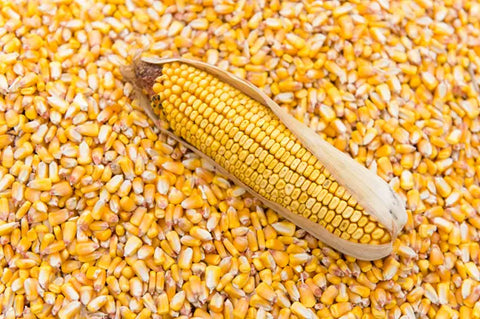
1.3 Life Area
Maize is one of the most widely cultivated crops in the world and has a significant presence in various regions. It originated in Mesoamerica, where it was domesticated thousands of years ago, and it remains an essential food staple in many Latin American countries. The cultivation has spread to other parts of the world, including North America, Europe, Africa, and Asia, where it has adapted to different climates and agricultural practices.
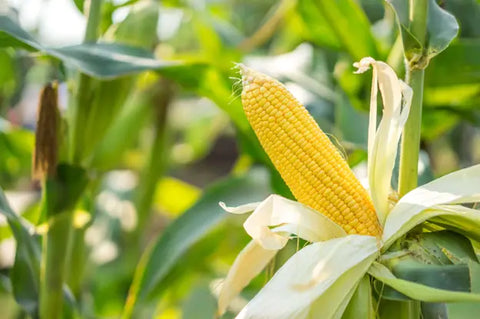
Corn, as the term used for edible grains, is a staple food in North America, particularly the United States, where it is commonly consumed as sweet corn, popcorn, or processed into various food products. Production in the United States is a major agricultural industry, with large-scale commercial cultivation and exportation.
1.4 Chemical Composition
Both products share similar chemical compositions since corn refers specifically to the grain harvested from this plant. The nutritional composition of kernels includes carbohydrates, dietary fiber, proteins, vitamins (such as thiamine, niacin, and folate), and minerals (including potassium, phosphorus, and magnesium). The precise nutrient content can vary slightly depending on the variety and growing conditions.
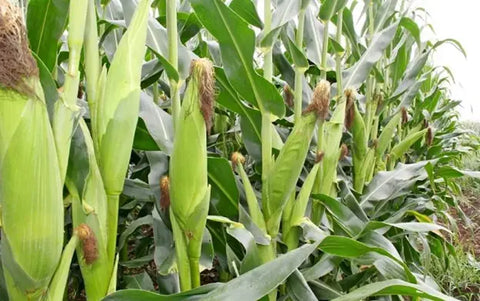
Both of them are also rich sources of energy due to their high carbohydrate content, making them an important energy source in human and animal diets. Additionally, this product contains antioxidants, such as carotenoids (including beta-carotene and lutein), which contribute to its vibrant yellow and orange colors.
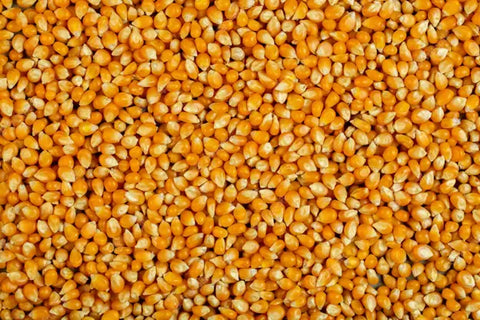
1.5 Use
Here are some common uses and comparisons of these products:
1.5.1 Food Consumption:
Maize is consumed as a staple food in many parts of the world, particularly in Latin America and Africa. It is used to make various traditional dishes, such as tortillas, tamales, and porridge.
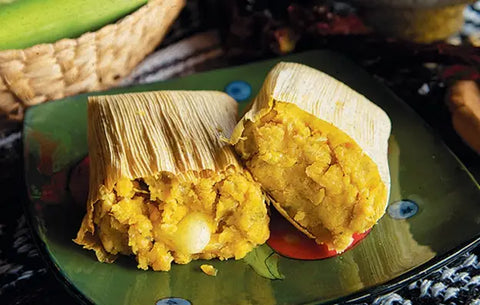
Corn is widely consumed in North America, where it is a common ingredient in dishes. It is also used in processed forms, such as cornflakes, corn chips, and cornstarch for cooking and baking purposes.
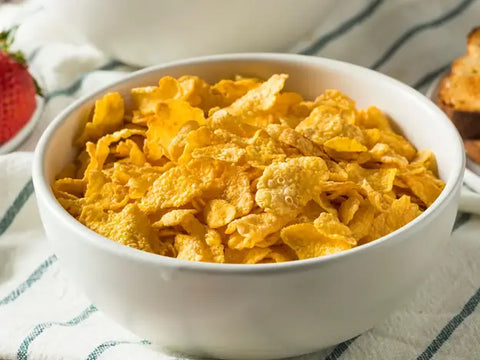
1.5.2 Animal Feed
Maize is a crucial component of animal feed formulations. It provides energy, carbohydrates, and proteins for livestock, poultry, and aquaculture industries.
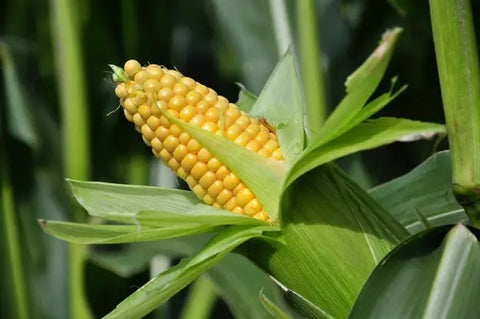
Corn is a primary ingredient in livestock feed, particularly for poultry and swine. It is highly valued for its energy content and helps promote growth and development in animals.
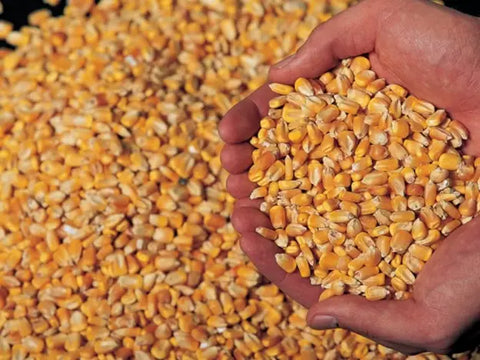
1.5.3 Industrial Uses
Maize is utilized in various industrial applications. It can be processed into starch, which is used in the production of paper, textiles, adhesives, and biodegradable plastics. The oil is extracted for cooking purposes and as a raw material for biofuels.
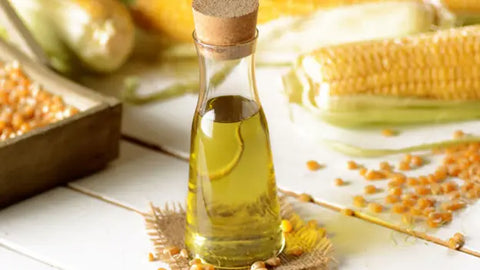
Cornstarch is widely used in the food industry as a thickening agent, stabilizer, or texturizer in sauces, soups, and desserts. This product is also used in the production of ethanol, which is blended with gasoline as a renewable fuel source.
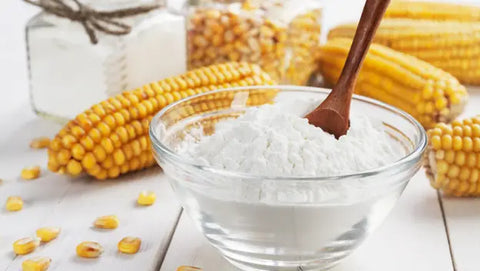
1.5.4 Biofuel Production
Maize is an important feedstock for the production of bioethanol. It is processed through fermentation to convert the starches into alcohol, which is used as an additive in gasoline or as a standalone biofuel.
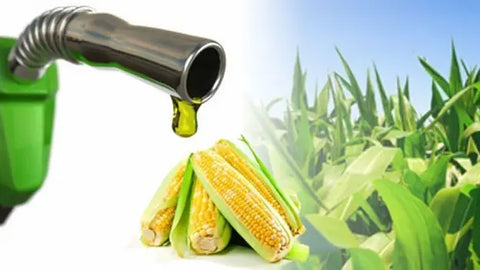
Corn is a major source of ethanol in the United States, where it is widely used as a renewable fuel to reduce dependence on fossil fuels and decrease greenhouse gas emissions.
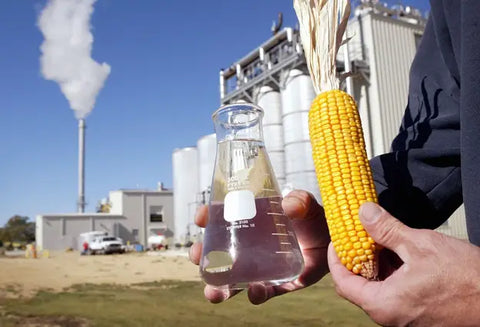
In a broad sense, they can be considered the same thing, but it's important to consider the specific context and regional usage. If you want to know about these products, especially yellow dent corn, you can refer to this article !
2. Conclusion
This article has given a suitable answer to the question: “Is maize and corn the same thing?” In short, both products are terms that are often used interchangeably, although they can have slightly different meanings depending on the context. When it comes to purchasing top-notch, Non-GMO corn or maize, The Rike is your go-to source. We are dedicated to offering the highest quality products that meet your requirements and expectations.





Leave a comment